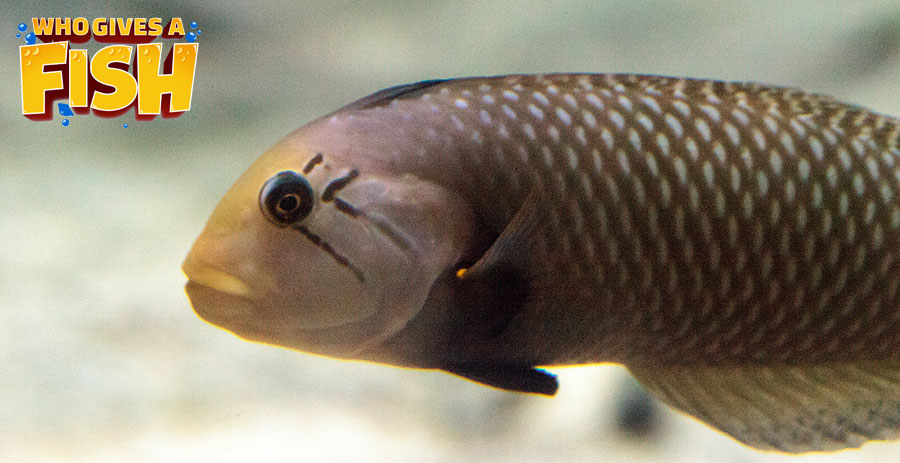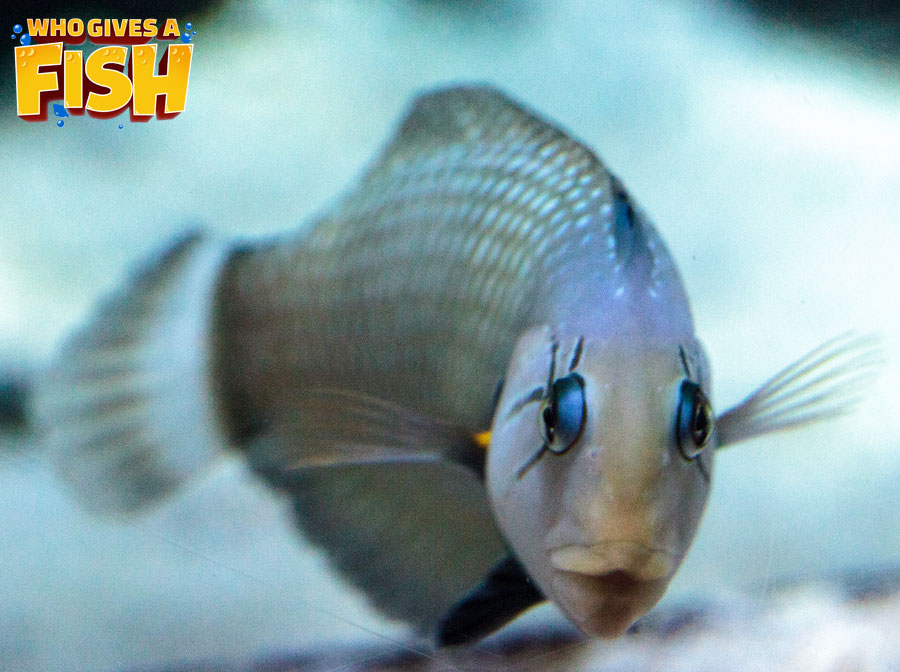Dragon Wrasse
These wrasses are very beautiful specimens, with great coloring and interesting to watch in a home aquarium.
The Dragon Wrasse gets their unique name of “Rockmover Wrasse” from a reputation of enjoying moving small rocks, shells and even unmounted coral frags around the tank.
- Experience Level: Beginner – Medium
- Hardiness: Hardy
- Minimum Tank Size: 180 gal (680 L)
- Size of fish: 12 inches (30 cm)
- Temperament: Semi Aggressive
- Temperature: 72.0 to 78.0° F (22.2 to 25.5° C)
- pH Range: 8.1-8.4
- Diet: Carnivore
Table of Contents
Introduction
Aquarium Setup
Difficulty
Feeding
Breeding and Social
The Dragon Wrasse can often be seen to bury themselves in the substrate and enjoy spending time in holes in the rock work. Wild Dragon Wrasses will feed by searching rocks that they can turn over. Typical food types for them are things such as starfish, urchins, mussels and other things found under these rocks they turn over.
Adults and juveniles are very different looking, with youngsters thought to have coloring to resemble that of algae and move in a similar way to provide them protection.
Aquarium Setup
These Wrasses will bury themselves into gravel if they feel threatened so providing a nice deep substrate for them is important to help them feel safe and lower stress levels.
Dragon Wrasse Aquarium Guide
- Minimum Tank Size: 180 gal (680 L)
- Suitable for Nano Tank: No
- Live Rock Requirement: Yes
- Substrate Type: Prefers deep gravel bottom.
- Lighting Needs: Bright. Enjoys sunlight.
- Temperature: 72.0 to 78.0° F (22.2 to 25.5° C)
- Breeding Temperature: 79.0° F (26.1° C)
- Specific gravity: 1.020-1.025 SG
- pH Range: 8.1-8.4
- Brackish: No
- Water Movement: Any
- Water Region: All areas of the tank.
Difficulty
The Red-Belly wrasse, Dragon Wrasse and Rockmover Wrasse are generally known to be easy to keep in a home aquarium. When fed regularly, new and young additions to the tank will do well. When first adding to the tank, start with providing foods types like live or frozen brine shrimp and other foods that are high in protein.
Like all fish, a wide variety should be given to ensure they receive all the nutrition to maintain a healthy condition.
Feeding
You should feed your Dragon Wrasse a diet that includes vitamin enriched foods such as frozen mysis and brine shrimp. Other meaty foods are welcomed and can be supplemented with high quality marine flake and pellet foods.
Dragon Wrasse Feeding Guide
- Diet: Carnivore
- Flake Food: Sometimes
- Pellet / Tablet: Sometimes – Soak pellets in water before introducing to the tank.
- Live foods (fish, shrimp, worms): Daphnia etc., is also known to eat smaller community fish.
- Frozen Foods: Gut loaded mysis and brine shrimp.
- Meaty Food: 100% of their diet
- Feeding Frequency: Several times per day.
Breeding
At the time of writing, males and females are indistinguishable from one another. It is highly unlikely that your Dragon Wrasse will breed in captivity.
Social
As juveniles, they will generally hold a color similar to that of the algae growing around them. They are known to by wary and will hide in rocks or dive into the substrate when they are scared. Adults will form pairs, who will then search for food together. This feeding behavior is quite interesting to watch, as one individual will turn over a rock or shell as the other one stays ready to grab whatever is underneath it.



